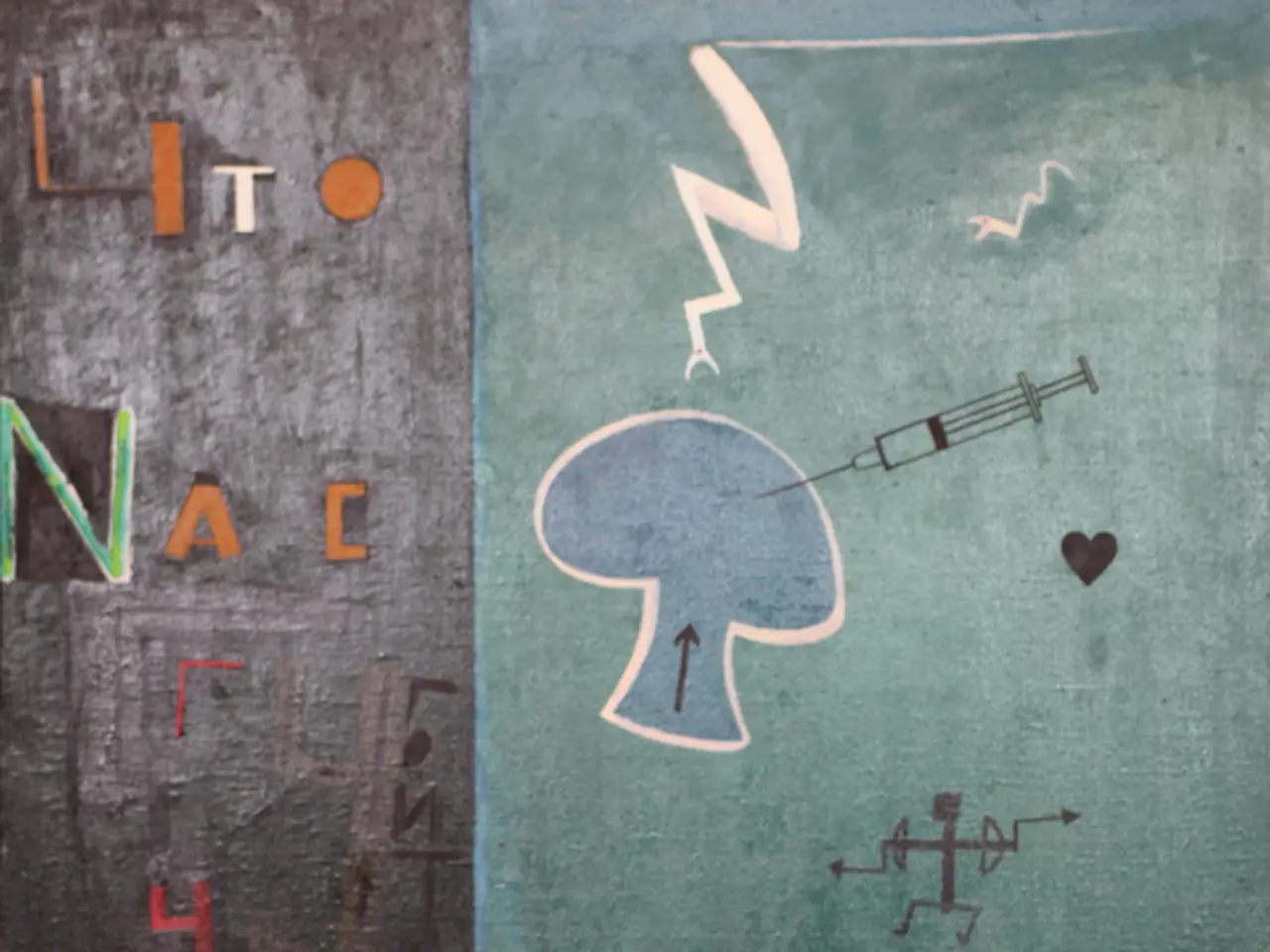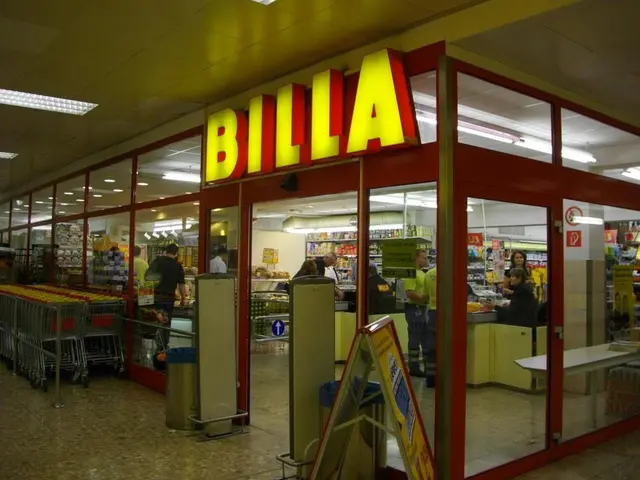Recovered Assets Include Monet Artwork: Assets totalling $255 million, which include a painting by Monet, have been retrieved following Evergrande's default.
In early 2024, a Hong Kong court issued a winding-up order for Evergrande, marking the end of restructuring talks with offshore bondholders and the beginning of the property giant's liquidation process. As of August 2025, this process is still underway, with Evergrande's shares scheduled for delisting from the Hong Kong Stock Exchange on August 25.
The liquidation progress has been slow and challenging. To date, liquidators have sold only about $255 million of Evergrande’s assets, a fraction of the company’s over $300 billion in liabilities. The recovery process faces multiple difficulties:
- Legal and regulatory barriers: There are numerous creditor actions primarily targeting Evergrande’s mainland China subsidiaries, resulting in asset freezes, enforcements, and onshore bankruptcy proceedings. Complex jurisdictional fragmentation between Hong Kong and mainland China complicates asset management and repatriation of funds to offshore creditors.
- Opaque offshore structures and stalled sales: Evergrande’s offshore assets are illiquid and difficult to monetize due to lack of buyers and strict capital controls in China. For example, attempts to sell the New Energy Vehicle division and other subsidiaries have found limited interest, reflecting investor concerns about sector risks and asset quality.
- No clear holistic restructuring: Liquidators believe a comprehensive restructuring is unlikely but remain open to credible possibilities while focusing on asset realization and investigating insolvency causes.
The exact status of a Claude Monet painting, which was reportedly part of Evergrande's assets, remains unclear. Artworks like this are often part of a private and complicated asset recovery process, but no public update on the Monet painting has been found in the latest reports.
The entities over which the liquidators have control were valued at just $3.5bn as of January last year. The assets recovered amount to less than 1% of Evergrande's total assets of Rmb1.8tn ($250bn) in 2022. The Alvarez & Marsal liquidators highlighted the "scale and complexity" of Evergrande's operations, with 1,300 projects under development in more than 280 cities, as a challenge to recovering assets.
Despite the slow progress, stakeholders are warned not to assume that the entire recovered amount will be available to the company. The liquidation process continues, with investors closely watching developments in Evergrande and dozens of other Chinese property groups that are in restructuring talks and also face possible winding-up orders in Hong Kong.
- The challenging process of liquidating Evergrande, worth over $250 billion in 2022, has encountered numerous obstacles within the real estate industry, causing the liquidators to be able to sell only a small fraction of the company's assets as of August 2025.
- The liquidation process unveiled opaque offshore structures and stalled sales, as Evergrande's offshore assets are difficult to monetize due to lack of buyers and strict capital controls in China, making it hard to recover funds for offshore creditors.
- Asset recovery is hindered by legal and regulatory barriers, such as creditor actions targeting Evergrande’s mainland China subsidiaries, resulting in asset freezes, enforcements, and onshore bankruptcy proceedings, which complicate cross-jurisdictional asset management and fund repatriation.




